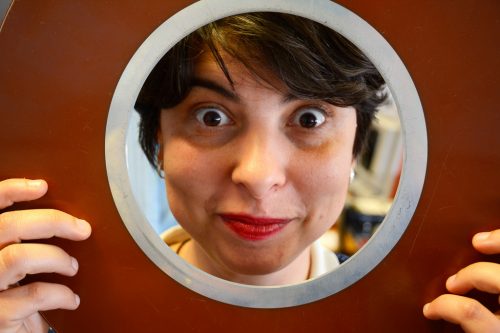Making IT Work, the first-ever international conference of computer conservationists, was held last week across two UK venues which have led the world in the developing discipline.

Organised by The National Museum of Computing (TNMOC) and the Computer Conservation Society (CCS), the conference was held over two days at two venues. With fifty participants from California, Seattle, Paderborn in Germany and across Britain, the growing art and science of computing conservation was debated, showing the growing maturity of the discipline.
The first day, at the London headquarters of the BCS the Chartered Institute for IT, focused mainly on the principles of computer conservation with presentations from several of the pioneers of computer conservation including Doron Swade, one-time assistant director of the Science Museum and Andrew Herbert, formerly director of research for Microsoft Europe who described the EDSAC Replica project. Drawing on longer-established developments in transport and industrial conservation, the contentious issues of operational preservation and traditional museum practices were discussed by John K Chilvers, an architectural conservationist. Johannes Blobel and Jochen Viehoff showed how they had addressed the practicalities of attempting to meet opposing restoration goals at the Heinz Nixdorf Museum in Germany. From the United States, Robert Garner of the Computer History Museum described the restoration and exhibition of a 1960s IBM mainframe computer, while Nicholas Hekman of TechWorks! told about the restoration of a high-speed printer form the same era.
Day two, at The National Museum of Computing on Bletchley Park, consisted of workshops on world-renowned practical conservation projects on display including the Colossus rebuild, the Harwell Dekatron restoration and the EDSAC reconstruction.
Professor Martin Campbell-Kelly, an organiser of the event, was very pleased with the collegiate atmosphere of the conference. “Bringing together many of the leading lights of the developing computer conservation world at an international centre of excellence was very stimulating and rewarding. The discipline is barely a quarter of a century old, so debates about best practice are still very much alive. I believe we made substantial progress in agreeing the principles upon which computer conservation can progress and thereby enlighten a public that is increasingly fascinated by the history and heritage of our digital world.”
A full set of papers from the conference will be made available online via the CCS and TNMOC websites during the summer.








